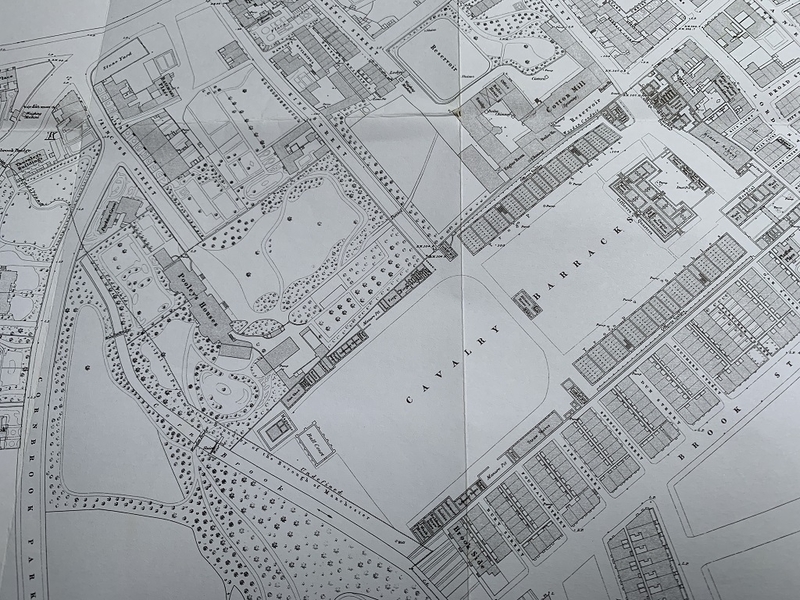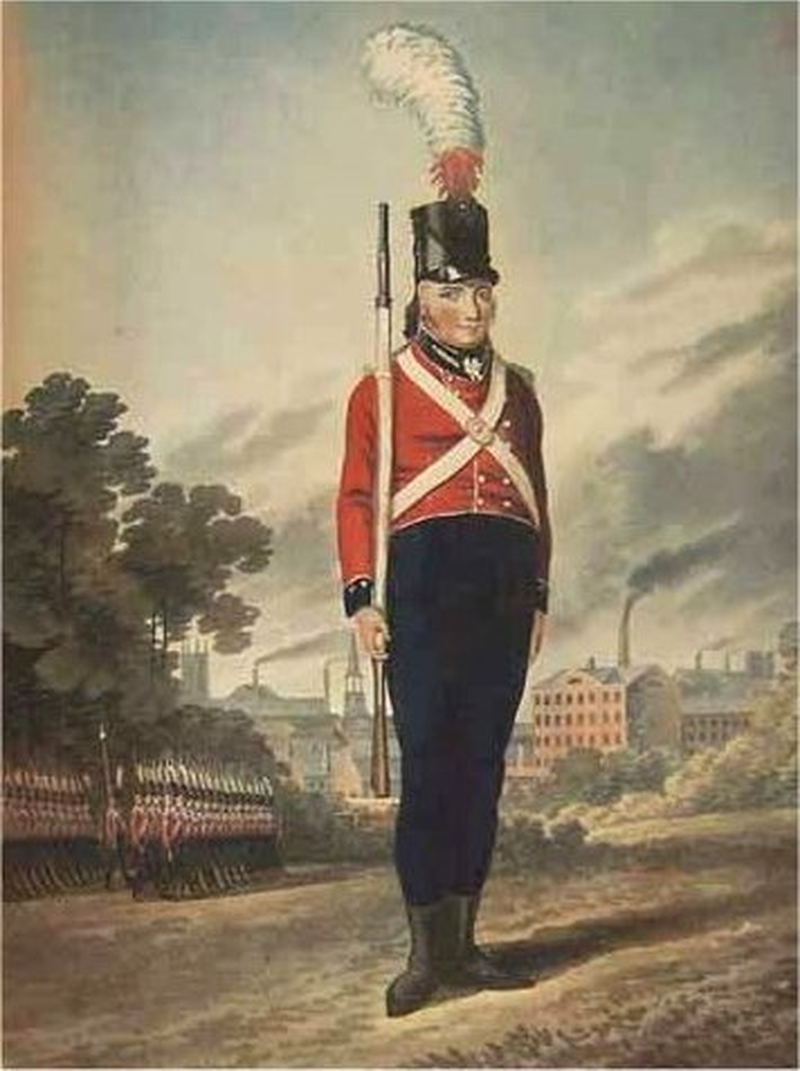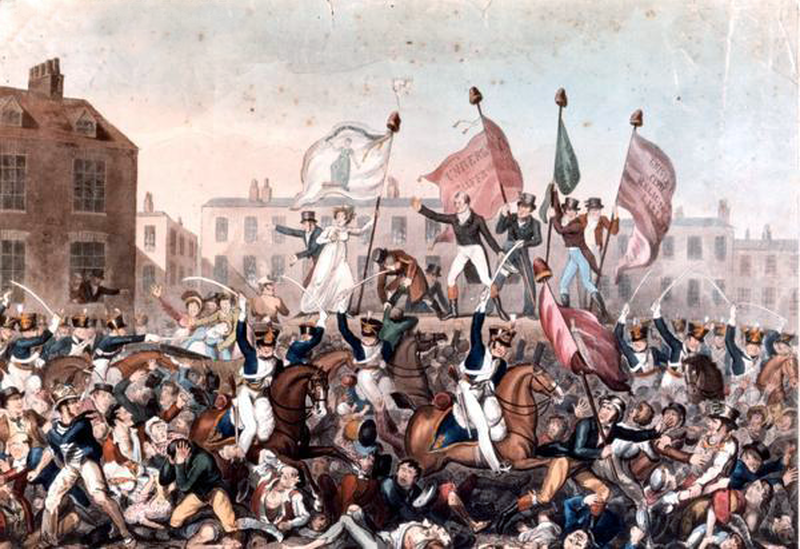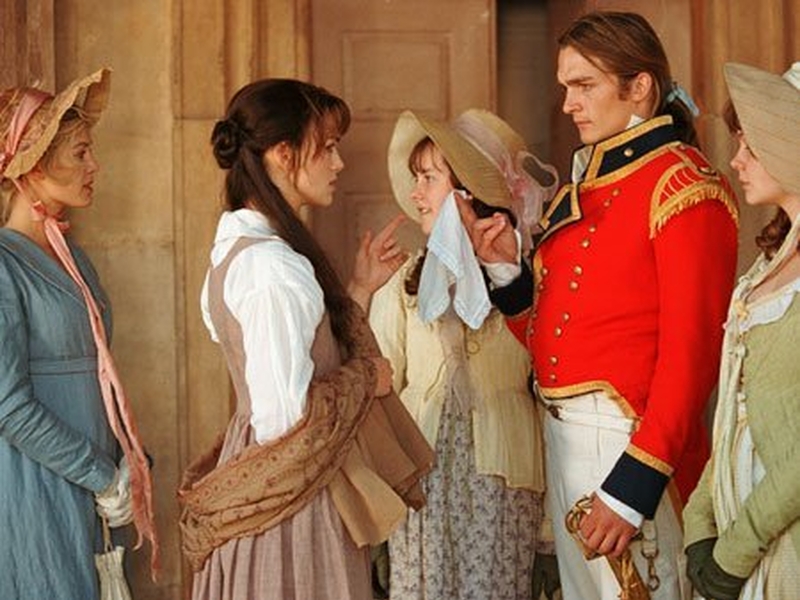Stories behind the once grand architecture you probably pass every day
What are we looking at?
These are Pooley’s Houses, or the remaining north side of a pair that were the biggest in a posh group of residences in Hulme St Georges’.
Where?
You can find them on Princess Street, just off Chester Road, where it turns into the big bypass to Old Trafford. Princess Street, Hulme, M15 4HA - or less than half a mile from The Wharf in Castlefield.
Who?
They were built probably during the last years of the eighteenth century or the first of the nineteenth - if we could find out to which princess the name of the road refers we'd have our answer. Nobody knows the architect’s name.
How?
The owners were the Pooley’s, local landowners and mill owners. They had mill at the end of their garden to the east. One early snippet we have of this family is a brief mention in 1803 of the Hulme Volunteers and Major John Pooley who raised around 200 local men to take on Bonaparte in the Napoleonic Wars as part of the Manchester Regiment. The uniform was ‘scarlet faced with blue and white pantaloons. They have pay while on duty.’
Category:
Average in terms of the buildings, priceless in terms of resonance, dreadful in terms of maintenance.

A paragon of gracious living?
Yes. Once. Anything with this type of typical Georgian building of pediment, portico, and big sash windows, has grace and balance. Round the back is a splendid bay window. This would have looked out across a gracious garden bordered on the west side by the clean and fresh Corn Brook (now spelt Cornbrook and famous as being an elevated and breezy Metrolink stop in the No Man's Land between the city centre and the Old Trafford stadia). It would have been a lovely spot, surrounded by other elegant residences, a sort of proto-Bowdon. A couple of other charmers survive from the heyday namely an effortlessly sweet fanlight above the front door and a drinking fountain to the north of the front door. Whether anything original remains inside is hard to say; it's now split into flats and nobody answered the door when Confidential came a-calling.
Who does it belong to?
The building was owned by the city council, but it was put up for sale in 2016 by Rightmove, advertising seventeen bedrooms and a price tag of over £900,000. That was then. Did anybody buy it?
Presently the house is in a shameful state and includes perhaps the most hideous high metal fence around any significant Georgian townhouse in the nation. The owner should be ashamed. It's a Grade II listed building for God's sake, and not just any such building.
What do you mean?
Well here comes the cavalry. Frequent guests at Pooley’s were the cavalry officers from the nearby barracks. The building became the officers’ mess by 1817 and the creation of Hulme Barracks.
In front of Pooley’s is a pleasant park, the former garden. Doglegged to the east are presently football fields. The green spaces here are called St George’s Park. The football field is one half of the site of Manchester’s cavalry barracks from 1817 to 1914. The barracks variously housed the 15th Hussars, the 11th Hussars, the 2nd Heavy Dragoons (the Scots Greys) and so forth.

You can imagine Pride and Prejudice liasons taking place within the house. After all, no ball was complete in Manchester in those days without a few officers in uniform to make the ladies swoon. As for the barracks, stand under the goal posts closest to Pooley’s House on the football pitch and you stand over the old ‘Ablution House’ - close by were the stables, the forge, the straw store and cook houses. On each side would have been the barracks for the soldiers.
The field was one half of the exercise area for the horses. The area now occupied by handsome 1930s flats was the other part, and contained a ball court and the ‘magazine’ Bang. Balls in the big houses, canon balls here.
Any significant history associated with the site?
We’ve just commemorated the events of the Peterloo Massacre. This took place on 16th August 1819 and the 15th Hussars, then stationed in Hulme Barracks, took a central role. The commander of the regiment was asked to make sure the gathering at St Peter’s Fields didn’t get out of hand. The protesters wanted representation in Parliament, they wanted MPs for towns such as Manchester. The magistrates panicked and the local yeomanry charged the crowd. The hussars followed shortly after, clearing the field. There were good and bad amongst them, many telling the amateurish rabble of the yeomanry to stop attacking the people and others inflicting terrible injuries. Eighteen people died on the day, 700 were injured. The event became representative of government repression in the face of legitimate complaint. It so repelled opinion that reform of Parliament became inevitable - even though it took another thirteen years to achieve. It also led, indirectly, to the Manchester Guardian.

The commander? What was his name?
I was saving that. The commander of the 15th Hussars was Lieutenant Colonel Guy l’Estrange. This is perfect in every way for the name of a Regency cad and bounder. What do you think of the cut of his gib, madam, the fit of his breeches? There appears to be presently a Guy L'Estrange on LinkedIn in Chester, there's another from Queensland who 'treks, paddles and climbs all over the planet'. Bet he's never led a full cavalry charge. I'm not sure I want to meet a contemporary Guy L'Estrange, they'd be a disappointment I'm sure. But I wouldn't mind reading of one in a Sharpe novel.

Good name, I agree. Anything else?
Well, here comes the best job title. By the middle of the nineteenth century the bucolic, semi-rural loveliness was vanishing as the city expanded and industry grew along the nearby River Irwell. Working class terraces began to crowd around the barracks. A description in 1868 described the area as ‘dingy with marine stores, rag and bone shops and public houses of the lowest class’. The male population ‘consisted mainly of old soldiers,’ the female population of ‘many soldiers’ wives whose husbands had married without leave'. One of the residents in 1849, was Alexander McKuthin, the Inspector of Scavengers. He had the unenviable task of checking up on those who cleared the waste of the city including night-soil. Yep, sewage. Scavengers thus often had a lucrative job because clearly nobody in their right mind would do it. McKuthin was there to ensure they worked properly, legally and fairly. You could say crap was his bread and butter.
What else is round there of interest?
Some of the cutest terraces in Manchester lie off Barrack Street. These were built in just before World War One in 1914. They were cottage flats, you can still see the odd little towers at the rear that allowed access into the upper flats. These were built by the corporation, now the city council. St George’s Avenue is particularly attractive. Also close by is St George’s Church, a handsome 1828 early Gothic-revival Church of England construction by Francis Goodwin. Now stranded on the other side of Chester Road, it was the regimental chapel for Hulme Barracks but now, of course, it's flats.
So, what does this all mean?
Buildings like this speak of a very different Manchester. As the town expanded in the early industrial period, these areas, a mile and a half from St Ann’s Square became upper middle class suburbs, in reach of town but by the side of the pretty Cornbrook stream. Pooley’s Houses were surrounded by elaborate gardens, and by a private park, Cornbrook Park – local householders had jobs such as sharebroker, engineer, auctioneer, merchant and attorney.
Now, in the council suburb of St George’s these buildings are valuable as a reminder of a different past and, obliquely, of Peterloo. They’re the sort of structure which too often have been deliberately allowed to fade before being sneakily demolished. Places such as St George’s need them: they should be made the focus of the whole place, be a resource for the local schools, a prop for local pride.
So, let’s keep an eye on Pooley’s Houses shall we? Let's maybe start a campaign. They are in a shocking state. Yes, it's important that Peterloo has been commemorated by the million-pound monument raised by Jeremy Deller, between the Midland Hotel and Manchester Central (read more here), but let's not forget other landmarks in less-fashionable parts of the city. For a start, why not put up some sort of noticeboard or plaque to mark a significant part of the Manchester story and give context to St George's Park?
Surely that is not asking too much?
This is an updated version of an earlier article on the same subject.













